Guest Dress Code Simplified: From Beach Formal to Black Tie
Guess what? You’ve got that invite you’ve been buzzing about – a loved one’s wedding. When it pops through your door, it’s all excitement and smiles. Amid the rush to RSVP and the quest for the perfect gift, there’s something that often gets glanced over but is totally crucial: the guest dress code. Dressing right for a wedding isn’t just about following some rules from the invite. It’s really about showing respect, celebrating the moment, and the hosts, in your best style. So, let’s dive into this friendly guide on navigating the ‘What to wear’ for any type of wedding you’re heading to.
Wedding Guests, Fashion Lovers, Future Brides, Engaged Couples, and Event Planners – it’s time to give the guest dress code a major upgrade and turn it into the star of the show.
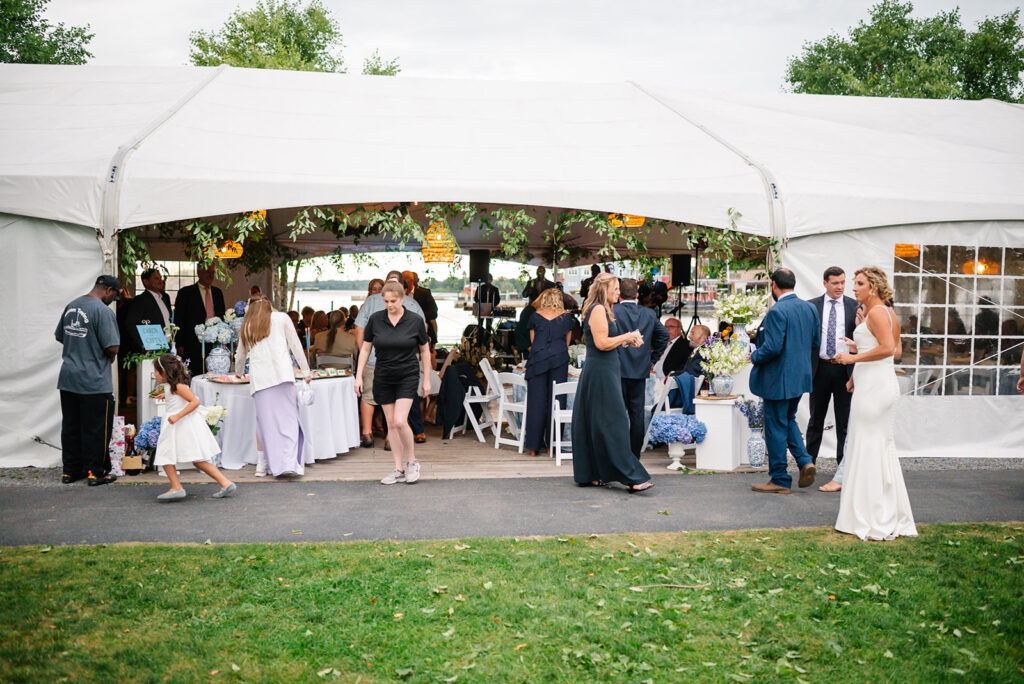
The Significance of Dress Codes
Before the fretting over frills and suit colors commences, it’s important to understand why dress codes are more than just fashion fluff. They are the directive that sets the tone for the event, guiding guests on the level of formality the couple seeks to evoke. They also contribute to the collective aesthetic of the ceremony—imaginative interpretations can lead to one impressive-looking crowd. Appropriateness equals comfort too—when guests know the expected attire, they can relax and enjoy the festivities without the apprehension of feeling over or underdressed.
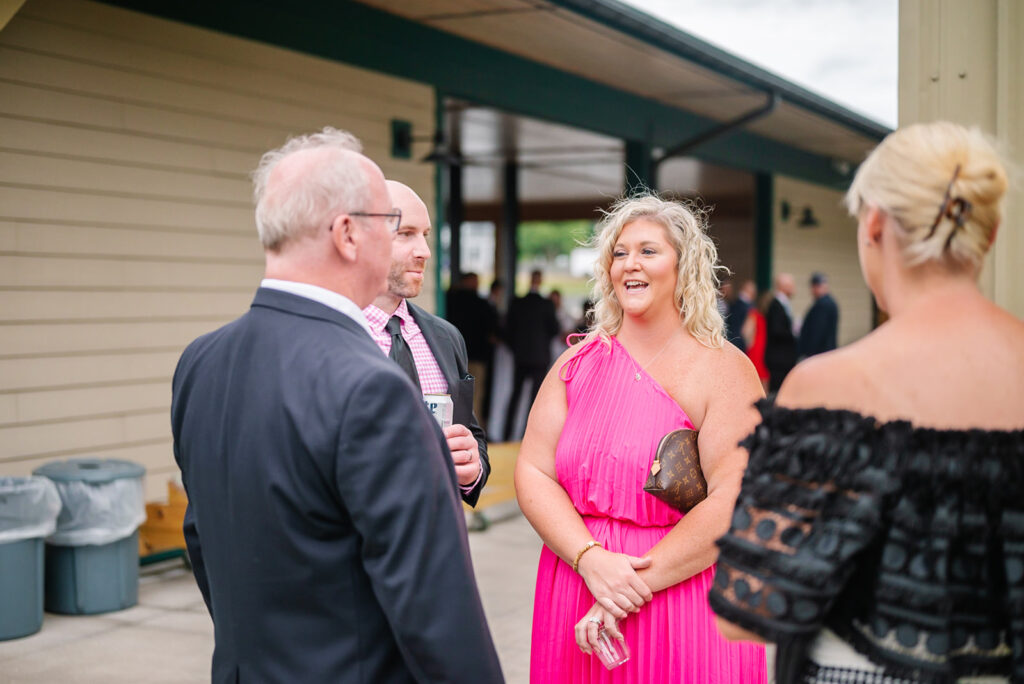
Understanding Guest Dress Code Etiquette 101
Black Tie – The pinnacle of formality, Black Tie denotes tuxedos for men and evening gowns for women with long hemlines.
Black Tie Optional – Allows a step down from Black Tie, meaning a tuxedo or dark suit for men and a formal cocktail dress for women.
Cocktail Attire – This is significantly more relaxed but still polished. For men, a suit and tie are appropriate, while women typically opt for a dress or dressy separates.
Beach Formal – Perfect for seaside ceremonies, guests are expected to wear resort-appropriate attire that’s a bit more polished than your average beachwear.
Casual/Informal – While ‘casual’ may seem self-explanatory, for weddings it signifies neat, appropriate attire. For men, a collared shirt and slacks will suffice, while women can pair a sundress with flats or sandals.
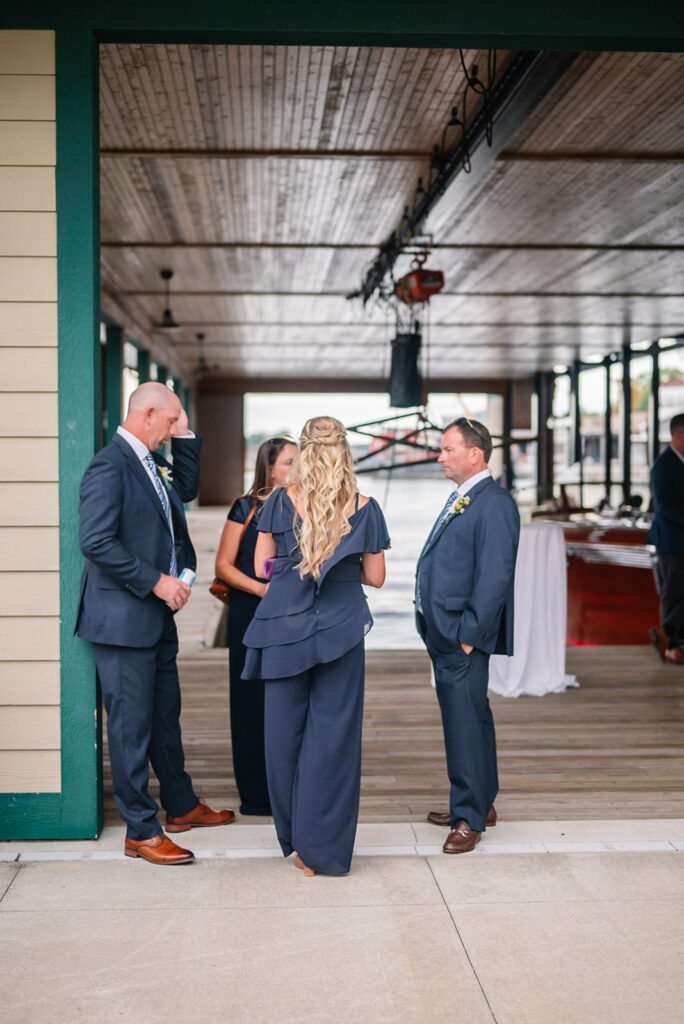
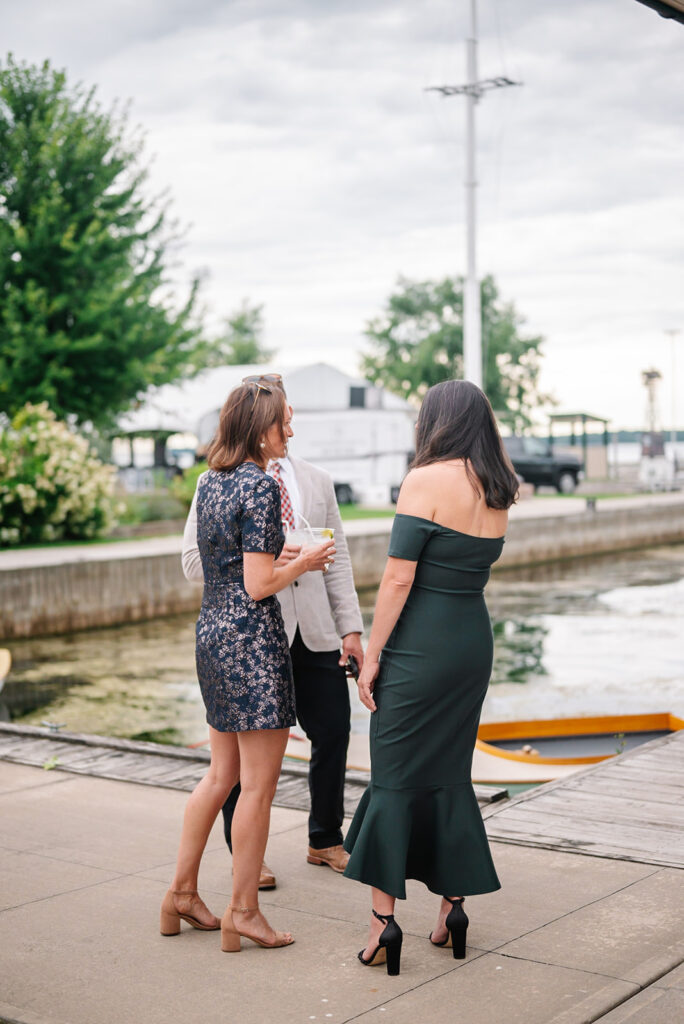
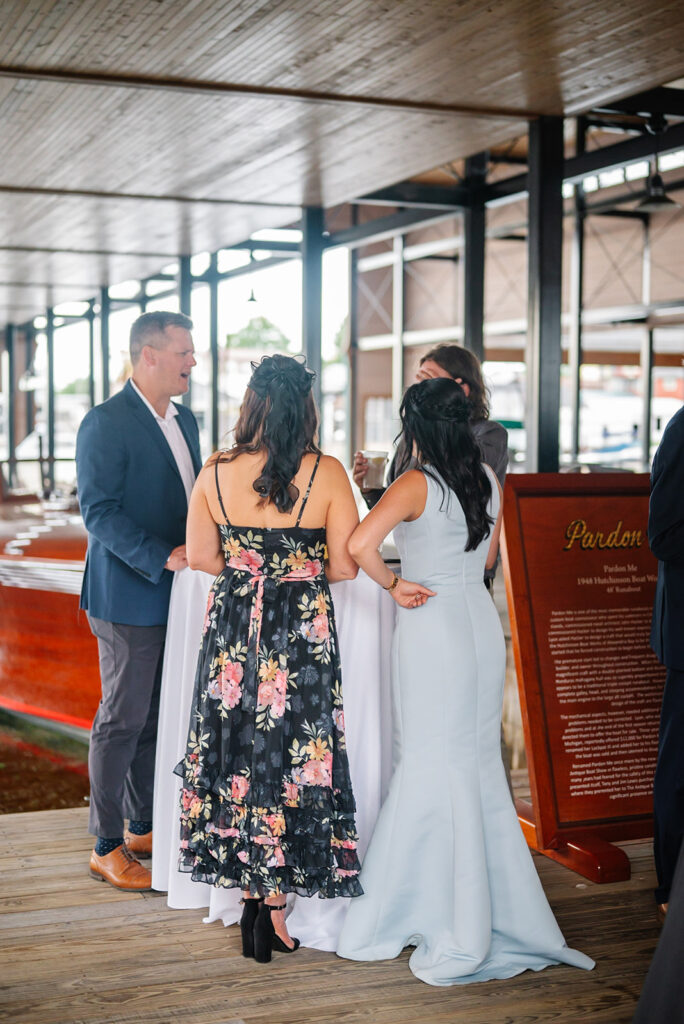
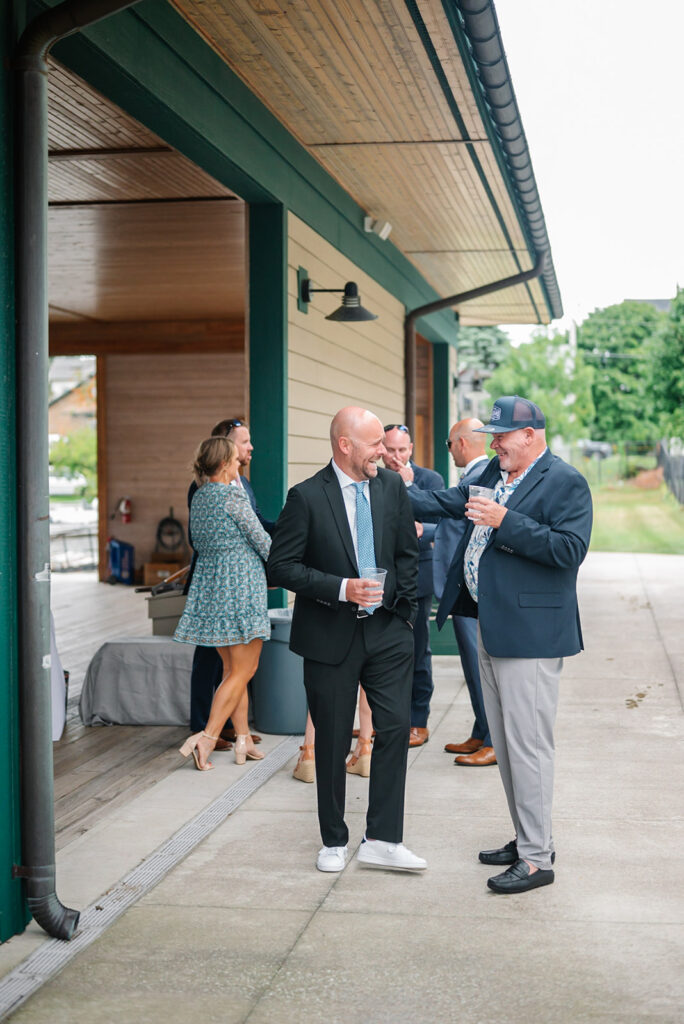
Navigating Dress Codes for Different Wedding Styles and Seasons
The Urban Affair
For city weddings, something a little more streamlined and urban-chic is appropriate. Think slightly edgy accessories and tailored pieces for both men and women. Avoid anything overtly casual—a hint of sophistication is key.
The Countryside Gala
Rustic settings call for a twist on formal attire. Men may swap a full suit for tailored separates, while women can introduce earthy tones and textures. Comfortable, yet refined footwear is a must.
The Seasonal Switch
Wedding seasons are worthy of their own wardrobe considerations. Pastels and florals for spring, light and breathable fabrics for summer, rich textures for fall, and the shimmery glam of the winter frost. Seasonal cues subtly add harmony to attire with the environment and magic to the photos.
Guest Dress Code FAQs
“Can I wear white or black to a wedding?” White may draw sidelong glances—this is typically the bride’s hue. Black is acceptable but its association with mourning may make it less fitting for more celebratory events, depending on the style of the wedding. Make sure to read the invite carefully because sometimes there are specific instructions from the bride and groom on wearing black or white. Consider introducing color or pattern to your outfit to strike a balance.
“Can I wear jeans to a casual wedding?” While some ‘Casual’ dress codes might permit a smart pair of dark jeans, it’s best to err on the side of caution and opt for dressier options. Jeans have a way of bending the ‘neatness’ requirement of casual events.
“Should I match my date’s attire?” This comes down to personal choice. Coordinated looks can be a sweet touch, but it’s not a necessity. Prioritize individual comfort and personal style.
The Role of the Bride and Groom
While it’s ultimately the guests’ responsibility to decode and adhere to the dress code, the couple plays a crucial part. Clear communication is key—whether it’s on the invitation, a wedding website, or via word of mouth. Couples can also express their dress code through the wedding’s theme or location, giving a visual cue to expected attire.
Styling Tips for Wedding Guests
The Fit
Fit is king. A well-fitted garment, even if it’s not the most expensive or elaborate choice, will always look more polished and stylish than something that doesn’t quite sit right.
The Accessories
Accessories are the storytellers of your ensemble. They can transform the simplest dress into a statement of character and elegance. Choose items that enhance without overshadowing.
Comfort Counts
Consider the movements and endurance your outfit must endure—dancing, sitting, and standing for extended periods. Will your shoes last the day? Will that tie stay put? Prioritize pieces that allow you to breathe and move with ease.
The Unwritten Rule
When in doubt, slightly overdressing is better than being too underdressed. It shows respect for the event and a readiness to share in the couple’s special day. You can always remove a tie or stray accessory if the crowd leans more casual.
Conclusion
Navigating the maze of wedding guest dress codes can seem daunting, but with this guide, it’s less about conformity and more about celebration. Remember, dressing for a wedding is about striking a balance between honoring the couple’s wishes and expressing your personal style. Exercising thoughtful consideration in your attire adds to the overall joy and elegance of the event. Now go on, paint the town red (or any other wedding-appropriate color), and savor every special moment of the day.
imagery by Lauren Case | site design by foil & Ink